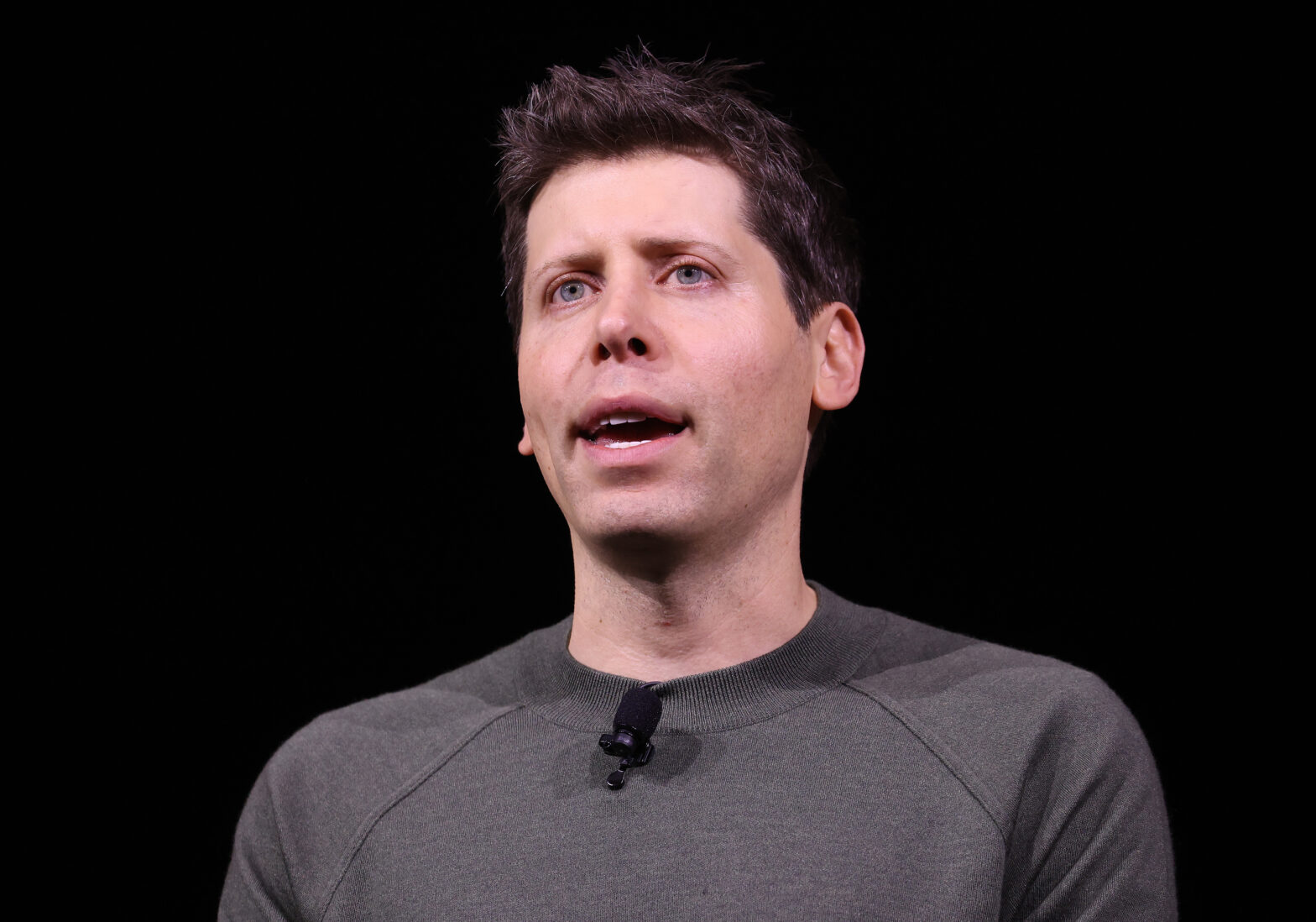In what is believed to be the first UK study which concentrates in detail on the Twitter activities of one police authority, Laura Allen, a recent graduate in Criminology and the latest recruit to the marketing team at Digital Forensics specialists Evidence Talks, has concluded that Twitter has high levels of potential for police engagement with the public.
The recently published paper is based on content analysis of every tweet from Bedfordshire Police over a period of 14 days. Material was collected, collated and then revisited over the two-week period in February 2017, with tweets being allocated across nine subject categories, using a framework previously used by Meijer et al 2014.
>See also: Cyber populism: is social media damaging democracy?
The study concluded that the categories most likely to generate a positive response from individual members of the public were appeals for information and reports of incidents.
For commercial organisations the most compelling areas concerned recruitment, achievements and prevention information. Video was the most effective medium for the force, particularly those that featured police officers and others talking about the force’s achievements.
The report also concludes that better engagement with the public from the use of Twitter would be achieved by prioritising tweets that specifically request the public’s help.
Providing the Twitter audience with up-to-date information about incidents could, in addition, generate more retweets, and would proliferate awareness of the police Twitter page to a wider audience.

More use of video as a medium was considered to be an important development of the force’s activities with the recommendation for more regular use and across a broader range of topics, beyond simply the achievements of the country’s police. In terms of engagement potential, it was advised that better use of individual images would help as opposed to standard ‘stock’ pictures.
>See also: Police encouraged to further embrace digital by Londoners
Among other recommendations, the paper goes on to propose interviews with Senior Communications Officers from forces across the country.
The report’s author, Laura Allen, said that “After the London riots in 2011, police forces across the UK took to social media to provide the public with vital information and update them as events moved forward. The increasing use and influence of social media generally and in particular the opinion-forming power of Twitter suggests that the strength of engagement between the police and the community could only benefit from a more committed and focused use of the medium.”
As the report notes, prior to 2011 very few of the UK’s 43 police forces had a verified Twitter account and the events of that Summer, with riots in London and other Metropolitan areas, highlighted how powerful social media had become, albeit often in a largely negative context. By day three of the riots hundreds of tweets were being generated every minute with the official hashtag ‘ukriots’.
The report goes on to emphasise how relatively cheap social media is to develop and that many members of the police will already be more than competent, experienced users of Twitter. Bedfordshire Police published its own communications strategy for 2015/16, in which it identified that approximately 25% of the UK population was already using Twitter, with the majority of users being under the age of 25. Almost half the users identified claimed that they used Twitter as their main source of news.
>See also: Technology: Solving the case of modern policing
Further data (Ashby 2013) found that approximately 1.37 million Twitter users regularly followed at least one verified police Twitter account, representing some 10% of all Twitter users.
The report is called: “Bedfordshire Police use of Twitter as a tool for public engagement”.
In concluding, Allen believes that “the report makes interesting reading both for police forces across the UK and those who interact with them. I’d like to thank both the University of Leicester and Bedfordshire Police for their help and co-operation in making this study possible and for making it freely available.”








